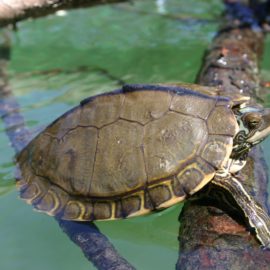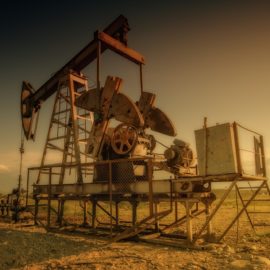
The Antarctic is melting and the Emperor Penguins are in trouble.
It is the only animal that dares to breed during the Antarctic winter. It endures gale-force winds and freezing temperaturesto lay and protect a single egg. Now climate change threatens Antarctica’s emperor penguin with extinction, the U.S. Fish and Wildlife Service declared Tuesday, as melting sea ice upends the habitat it needs to breed, feed and protect itself from predators. “This listing reflects the growing extinction crisis,” Martha Williams, the federal wildlife agency’s director, said in a statement, as the agency gave the iconic seabird protection under the Endangered Species Act. “Climate change is having a profound impact on species around the world.” The Center for Biological Diversity petitioned Fish and Wildlife to protect the emperor penguin in 2011, arguing that the loss of sea ice driven by climate change will put the penguin’s long-term survival in jeopardy. With their final decision Tuesday to list the penguin as a threatened species, federal officials agreed with that assessment, though it is unclear what specific steps the government will take to safeguard the penguin’s habitat. The agency proposed protecting the penguin last year.
washingtonpost.com
The antarctic is dong better than the arctic with sea ice but still there has been ice falling from the land and underwater melting.
While sea ice around Antarctica has proved more durable than ice near the North Pole, nearly all emperor penguin colonies in the southern continent would be pushed to the brink of extinction by the end of the century without dramatic cuts to global greenhouse gas emissions, scientists projected last year. “That body of science really helped to make this decision really clear,” said Shaye Wolf, the Center for Biological Diversity’s climate science director. “That the penguin is endangered by climate change and needs all the protection it can get.” The seabirds are used to enduring tough times. Males spend two months incubating their egg on their feet, while females hunt for krill and fish in the sea. After the egg hatches, the parents take turns waddling and sliding dozens of miles to and from the ocean to feed their hungry chick. Stephanie Jenouvrier, a scientist with the Woods Hole Oceanographic Institution who studied the penguins in Antarctica and led the recent study projecting their decline, said the birds’ movements are both “awkward” and “graceful.” That journey — documented in the 2005 film “March of the Penguins” as well as in the 2006 animated movie “Happy Feet” — turned the hardy, flightless seabird into an animal icon of resilience.
The population is holding stable now but the future is not bright.
Right now, the penguin’s population appears stable, with between 625,000 and 650,000 birds shuffling around Antarctica. But there are already signs of what the future may hold for the world’s tallest and heaviest penguin species. The breakup of sea ice before chicks were ready to swim at Halley Bay and Cape Crozier led to breeding failures in recent years. The nearly half-century-old Endangered Species Act was designed to protect imperiled animals from poaching and habitat destruction. But rising temperatures pose a pervasive threat that will challenge wildlife managers’ ability to protect declining animal populations. Conservationists hope the listing could lead to stricter limits on fishing for krill around Antarctica and compel U.S. officials to weigh the climate implications of federal projects before approving them. Cutting global climate-warming pollution, Jenouvrier said, would lead to a “much less severe” decline in the emperor penguin’s numbers. “If we manage to take action, and especially action now,” she added, “we can still avoid the extinction.”
Yet another animal we are putting at risk as we don’t do enough to fight climate change.



